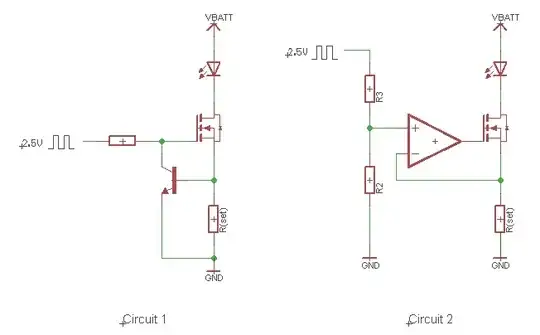The following is a standard simple discrete constant current source:

R1 would be the subject's head. I simulated this with 4k, 1k, 500, 100 ohms and the current was always almost precisely 2mA.
If you want better precision a JFET and an LED makes a great precision voltage reference.
Note that you can absolutely kill somebody with 2mA or with 9V. A 500V 2mA shock would stop your heart. A 9V 10A shock would make you start to smoke.
And believe it or not you actually can produce high voltages and high current with just a 9V battery.
If you take a 9V battery and touch the terminals across a biggish inductor (those big metal coils in power supplies) and then watch carefully as you pull it away, you can see a spark. I'm not sure what voltage you can get from that sort of hack but it's a lot more than 9V.
If you take a 9V battery and connect it to a thin enough piece of wire, it can get red-hot which in the wrong situation might cause a fire.
So you might want to get a better understanding of the relationship between current and voltage before you hook yourself up to a DIY brain stimulator. The circuit above would not generate 9V across R1. It will generate R1 * 0.002 volts because V = R * I.
But if you connected the collector of Q1 in the circuit to your head and then attached ground to another part of your body, it would produce at most 2mA as desired.
Note that the other circuits posted are current sinks which is different but could achieve the same effect depending on how you connect the "load".

